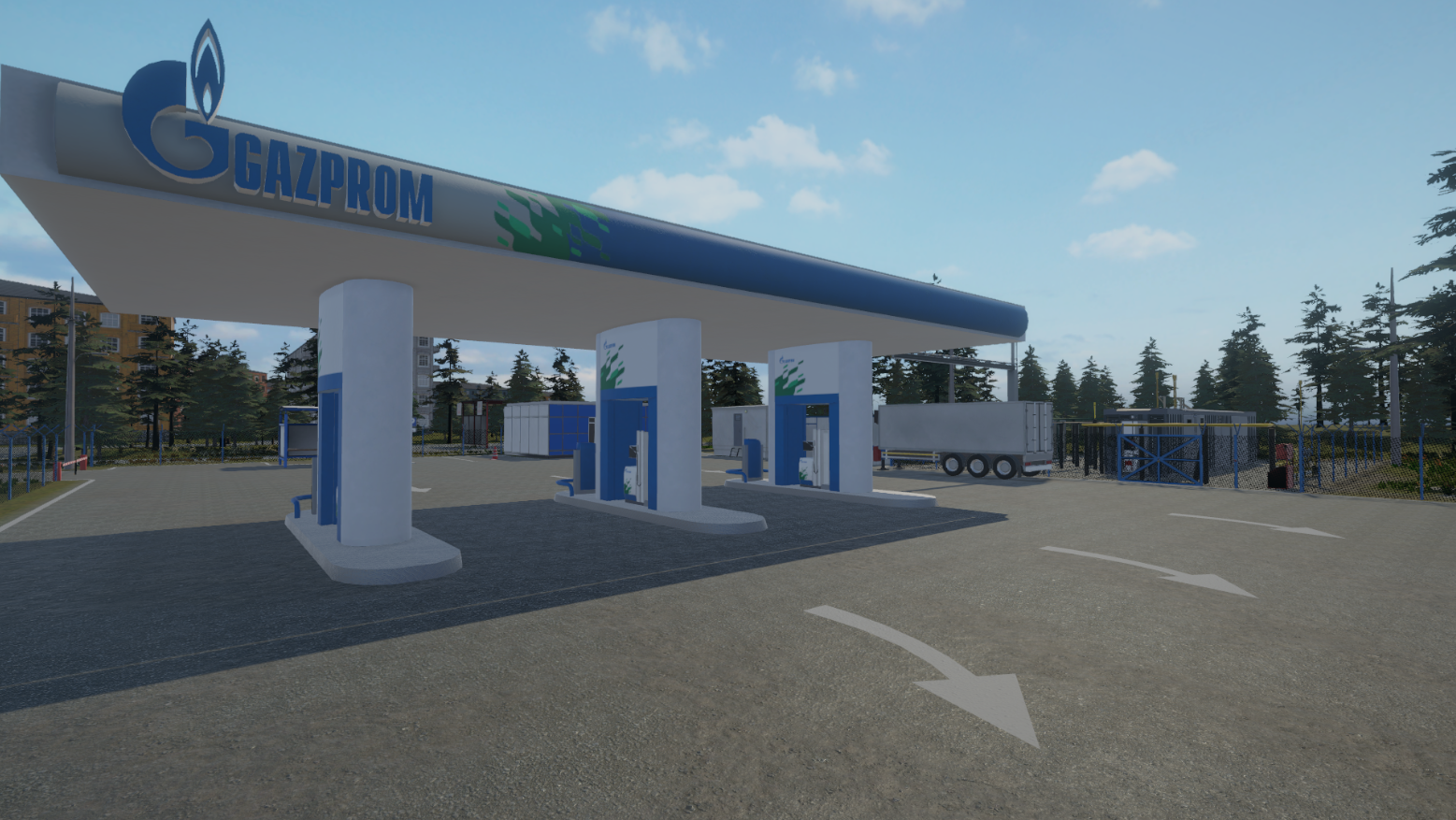A series of mathematical models have been developed to represent the transport network of the Troitsk and Novomoskovsk districts of Moscow
The model will facilitate the testing of hypotheses and the prediction of the impact of alterations to the vehicle fleet in order to enhance the quality of transport services.

A specially designed online resource, comprising a simulation model of the transport network, will enable employees of the client company to simulate the movement of public transport within the boundaries of two administrative districts of Moscow. The simulation model will facilitate the evaluation of the impact of alterations in the qualitative and quantitative composition of the bus fleet in accordance with a range of criteria.
The results of the model are presented in an interactive analytical dashboard that contains customer-suggested controls and data visualizations. The user is afforded the option of assigning new vehicle types and schedules to each of the routes. The software provides an overview of the entire network or route-by-route modeling process and enables the comparison of results with data from previous iterations of the simulation.
The developed model is based on the principles of discrete-event modeling. The model takes into account the transfer behavior of passengers and incorporates data on passenger flow, vehicle utilization, and passenger waiting times at both the level of individual stops and routes and also at the level of the entire route network. Additionally, the model predicts alterations in traffic congestion due to shifts in public transport patterns.
In the traditional approach to modeling transport networks, the movements of individuals are represented by a correspondence matrix, which indicates the number of people traveling from one stop to another. Nevertheless, this approach does not permit the alteration of the route in a dynamic manner, whether to introduce new stops or to rectify traffic routes. Therefore, the model proposes a transport district logic, whereby each stop is linked to one or more districts, and passenger flow through it is determined by district data rather than specific stops. In the event of adding a stop or modifying a route, it is possible to circumvent any requisite adjustments to the model input data.
The model considers scenarios in which a fleet comprising multiple vehicle types operates along a given route. The system perceives the fleet as a unified entity comprising all vehicles that operate on the specified route. The vehicles are released onto the route in a sequential manner, and the modeling process accounts for the differences in size, speed, and capacity of the various types of vehicles.
One of the model’s output statistics is the traffic impact index. This relative value demonstrates the impact of alterations in vehicle dimensions, the frequency of their passage along the route during the modeling period, and the duration of their presence on the road on traffic congestion. The product of these values provides an indication of the extent to which vehicles of a particular type can either complicate or improve the road environment.
The model enables estimation of the impact of alterations to the qualitative and quantitative composition of the fleet on bus routes according to a set of defined criteria. The data obtained will facilitate the selection and justification of measures designed to enhance the performance of the transport network.
The project was initiated in 2024 by the Digital Modeling of Industrial Systems Laboratory of SPbPU AES in collaboration with the Higher School of Transport of the SPbPU IMMT for SberAutoTech.




